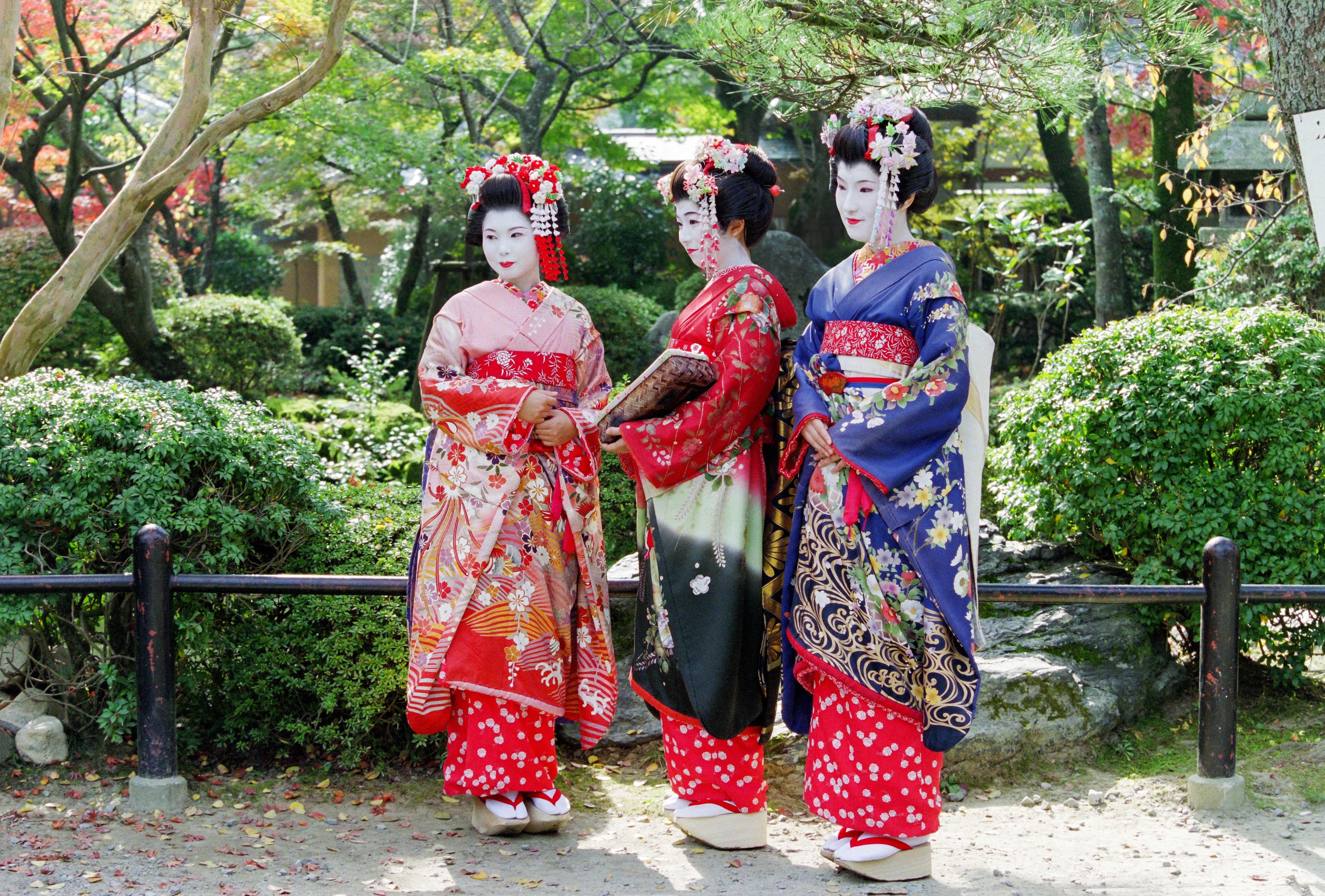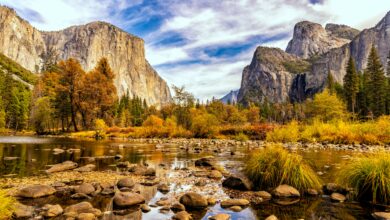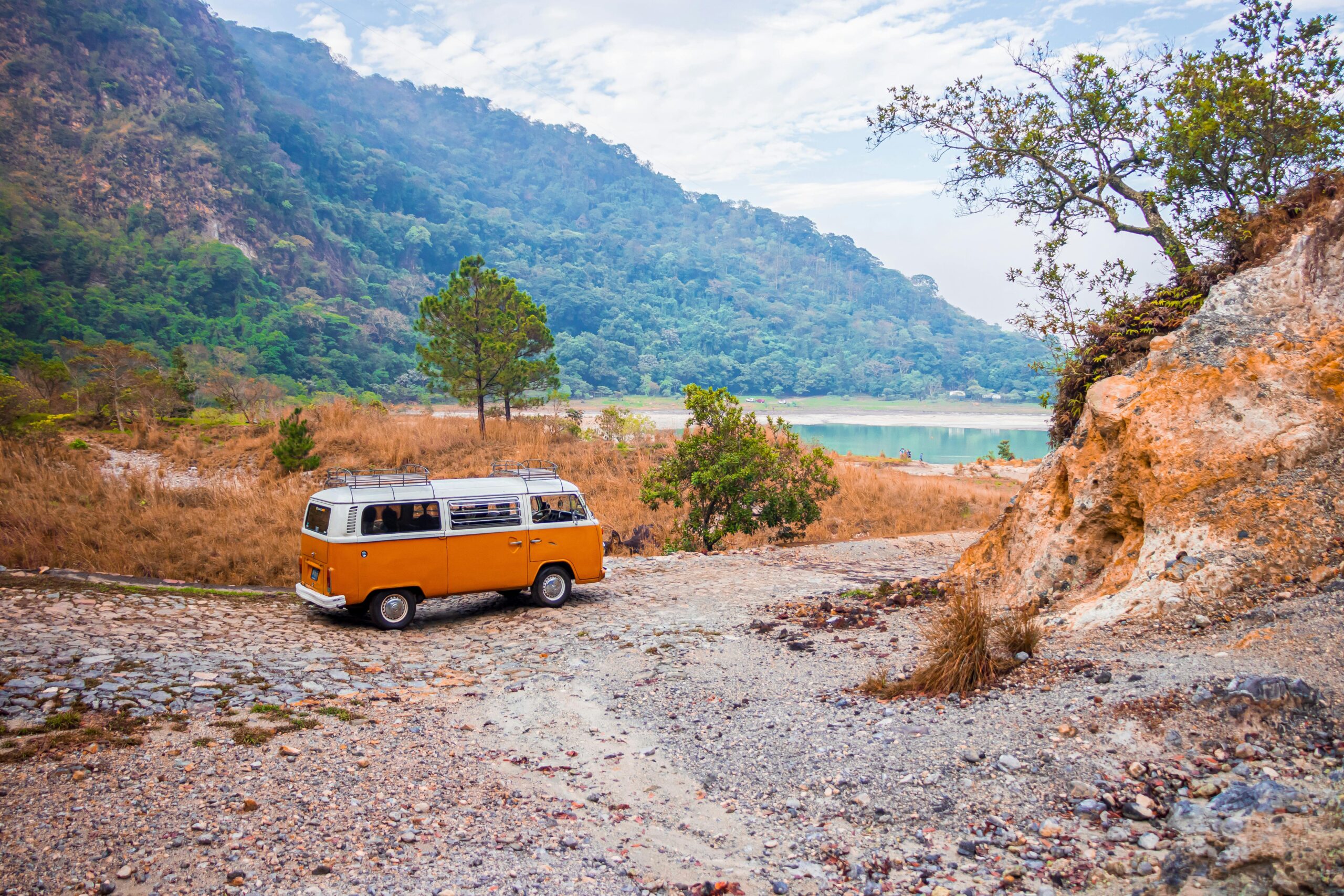Japan: A Timeless Destination for Every Traveler

Japan, a country where tradition and modernity blend seamlessly, offers a diverse array of experiences that cater to every type of traveler. From the neon-lit skyscrapers of Tokyo to the tranquil temples of Kyoto, Japan is a land of contrasts that beckons visitors to explore its unique culture, stunning landscapes, and culinary delights. This article delves deep into why Japan stands out as a must-visit destination, providing a detailed guide on what to see, do, and experience.
Cultural

One of the most compelling reasons to visit Japan is its rich cultural heritage. Japan has preserved its history and traditions while also embracing the future, creating a fascinating mix of old and new. In cities like Kyoto, the heart of traditional Japan thrives. Visitors can explore ancient temples such as Kinkaku-ji (the Golden Pavilion) and Ginkaku-ji (the Silver Pavilion), participate in a traditional tea ceremony, or stroll through the historic districts of Gion, where geisha still entertain guests in exclusive ochaya (tea houses).
Conversely, Tokyo represents Japan’s ultra-modern side, with its towering skyscrapers, bustling shopping districts, and vibrant pop culture. Districts like Shibuya and Shinjuku are bustling hubs of activity where the latest trends in fashion and technology are displayed. Akihabara delights tech enthusiasts and anime fans with its countless stores specializing in electronics and manga.
Natural Beauty

Japan’s geography spans from the snowy landscapes of Hokkaido in the north to the subtropical islands of Okinawa in the south. This variety allows for a multitude of outdoor activities throughout the year. In spring, the country transforms with the blooming of cherry blossoms, best enjoyed in places like Hirosaki Park or along the Philosopher’s Path in Kyoto. Come winter, Niseko and Hakuba will become prime destinations for skiing and snowboarding enthusiasts due to their powdery snow.
Mount Fuji, Japan’s tallest peak, is a symbol of the country and a favorite among hikers. The climbing season typically runs from July to early September, and the views from the summit at sunrise are truly unforgettable.
Culinary Adventures

Japanese cuisine, known for its emphasis on seasonality, quality ingredients, and presentation, is a highlight for many travelers. Sushi, sashimi, ramen, tempura, and kaiseki (a traditional multi-course meal) are just a few examples of dishes that food lovers can indulge in. Each region boasts its own specialties, such as Hokkaido’s fresh seafood, Kyoto’s refined vegetarian dishes influenced by Buddhist cuisine, and Okinawa’s tropical flavors.
For an immersive experience, visitors can attend cooking classes to learn how to prepare Japanese dishes or visit a local izakaya (Japanese pub) to enjoy small plates accompanied by sake.
Technology and Innovation

Japan is a leader in technology and innovation, making it a fascinating destination for those interested in robotics, electronics, and futuristic trends. Tokyo’s Odaiba district, for example, features the teamLab Borderless digital art museum, which blends art and technology in immersive installations. Additionally, various exhibitions and shops in Tokyo and other major cities showcase the latest advancements in robotics and AI.
Festivals and Events

Japanese festivals (matsuri) are an integral part of the country’s culture and offer a chance to see its traditions come alive. Some notable festivals include Tokyo’s Sanja Matsuri, one of the wildest and largest Shinto festivals, featuring parades with mikoshi (portable shrines). Gion Matsuri in Kyoto, held throughout July, is famous for its grand procession of floats. Sapporo’s Snow Festival showcases incredible ice sculptures.
Shopping and Entertainment

Shopping in Japan can be an adventure in itself, with options ranging from high-tech gadgets and cutting-edge fashion in Tokyo’s Harajuku and Ginza districts to traditional crafts and antiques in the back lanes of Kyoto. Don’t forget to check out the local markets and specialty stores offering unique souvenirs such as yukata (casual summer kimono), Japanese stationery, and handcrafted pottery.
Japan offers a rich tapestry of experiences, blending history, culture, natural beauty, and modernity in a way that is both fascinating and accessible. Whether you are exploring the serene landscapes, indulging in the culinary delights, or diving into the vibrant urban life, Japan provides an unforgettable journey that resonates with every traveler. With its safe, clean, and efficient environment, Japan is not just a destination to visit but a place to discover and experience a deep, enriching connection with a culture that is both ancient and excitingly modern.
Here are some tips that will help you navigate Japan more comfortably and respectfully, ensuring a memorable and enjoyable visit:
- Learn Basic Japanese Phrases: While many people in tourist areas speak English, it’s helpful and respectful to know some basic Japanese. Phrases like “Arigatou” (thank you), “Sumimasen” (excuse me/sorry), and “Konnichiwa” (hello) can go a long way.
- Get a JR Rail Pass: If you plan to travel between multiple cities, consider buying a Japan Rail (JR) Pass before your trip. It offers unlimited use of JR trains for a set period (7, 14, or 21 days), including the Shinkansen (bullet train), which is economical and convenient.
- Cash is King: While the situation is improving, many places in Japan still prefer cash transactions, especially in smaller towns or at local eateries and temples. Ensure you carry enough yen to cover your expenses where credit cards aren’t welcome.
- Respect Local Etiquette: Japanese culture places a high value on manners and etiquette. Remember to remove your shoes when entering homes and some traditional accommodations (ryokan), temples, and certain restaurants. Be mindful of your noise levels on trains and in public places, and handle public property with care.
- Stay Connected: Consider renting a pocket Wi-Fi device or purchasing a local SIM card. This will help you navigate, translate, and look up information on the go. Free Wi-Fi can be sporadic outside of major cities.
- Convenience Stores are Your Friend: Convenience stores in Japan (like 7-Eleven, Lawson, and Family Mart) are incredibly useful. They offer a variety of services, including ATMs that accept foreign cards, affordable meals, snacks, basic groceries, and even ticket booking services.
- Navigate the Public Transportation: Learn how to use the local public transportation systems. Apps like Google Maps and Hyperdia are useful for train times and routes. Note that in cities like Tokyo, the subway and train lines are operated by different companies, so tickets and passes may not be interchangeable.
- Be Prepared for Different Weather: Japan’s weather can vary dramatically depending on when and where you travel. Summers can be hot and humid, while winters can see heavy snowfall, especially in the north. Check the weather forecasts and pack appropriately.
- Try Regional Specialties: Every region in Japan has something special to offer in terms of food. Don’t miss out on regional dishes like Hiroshima-style okonomiyaki, Fukuoka’s Hakata ramen, or the fresh sushi of Hokkaido.
- Explore Beyond the Cities: While cities like Tokyo and Kyoto are fascinating, exploring smaller towns and rural areas can provide a deeper understanding of Japan’s culture and unique landscapes.
- Mind Public Bath Etiquette: If visiting an onsen (hot spring) or public bath, familiarize yourself with the bathing etiquette. Wash thoroughly before entering the bath, and remember that swimsuits are not allowed.
- Book Accommodations in Advance: Especially during peak travel seasons (like cherry blossom season in spring and koyo (autumn leaves) season in fall), accommodations can fill up quickly. Book well in advance to secure your spot, especially if you want to experience staying in a ryokan or capsule hotel.



